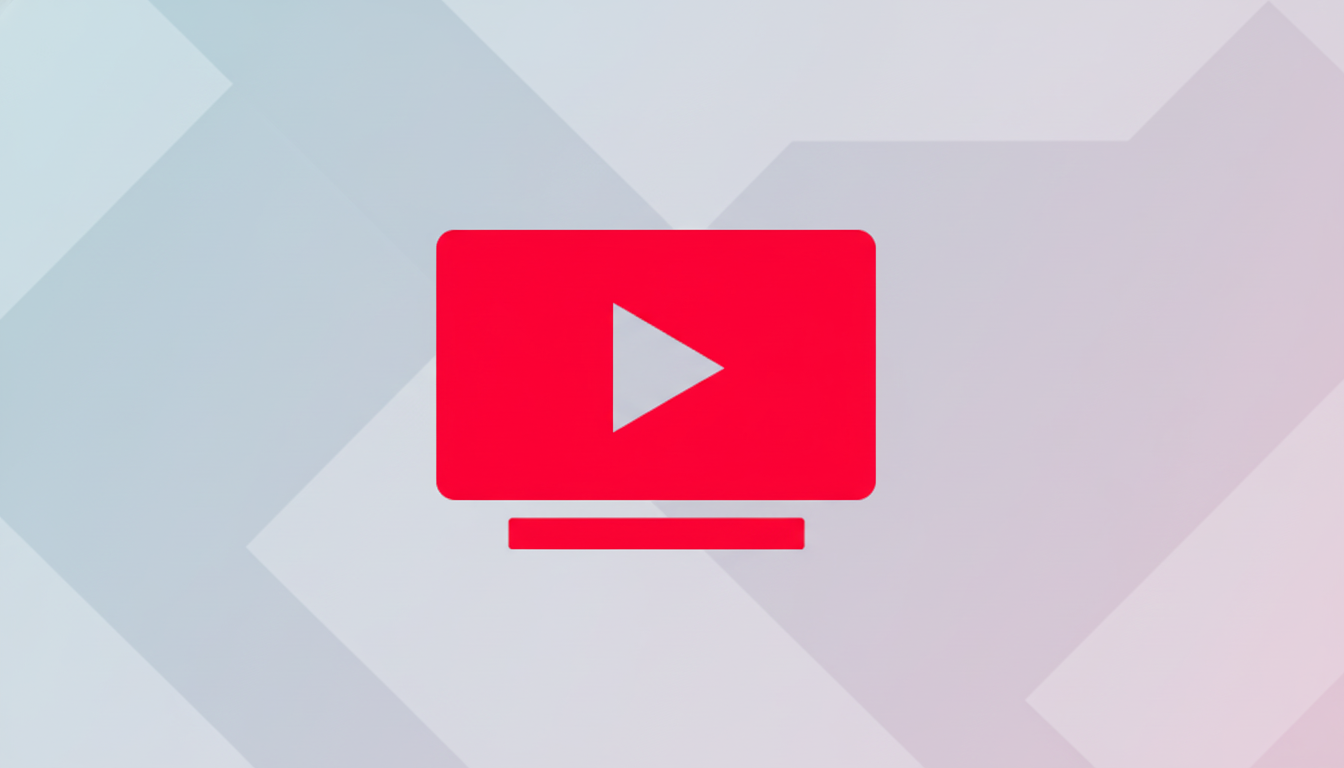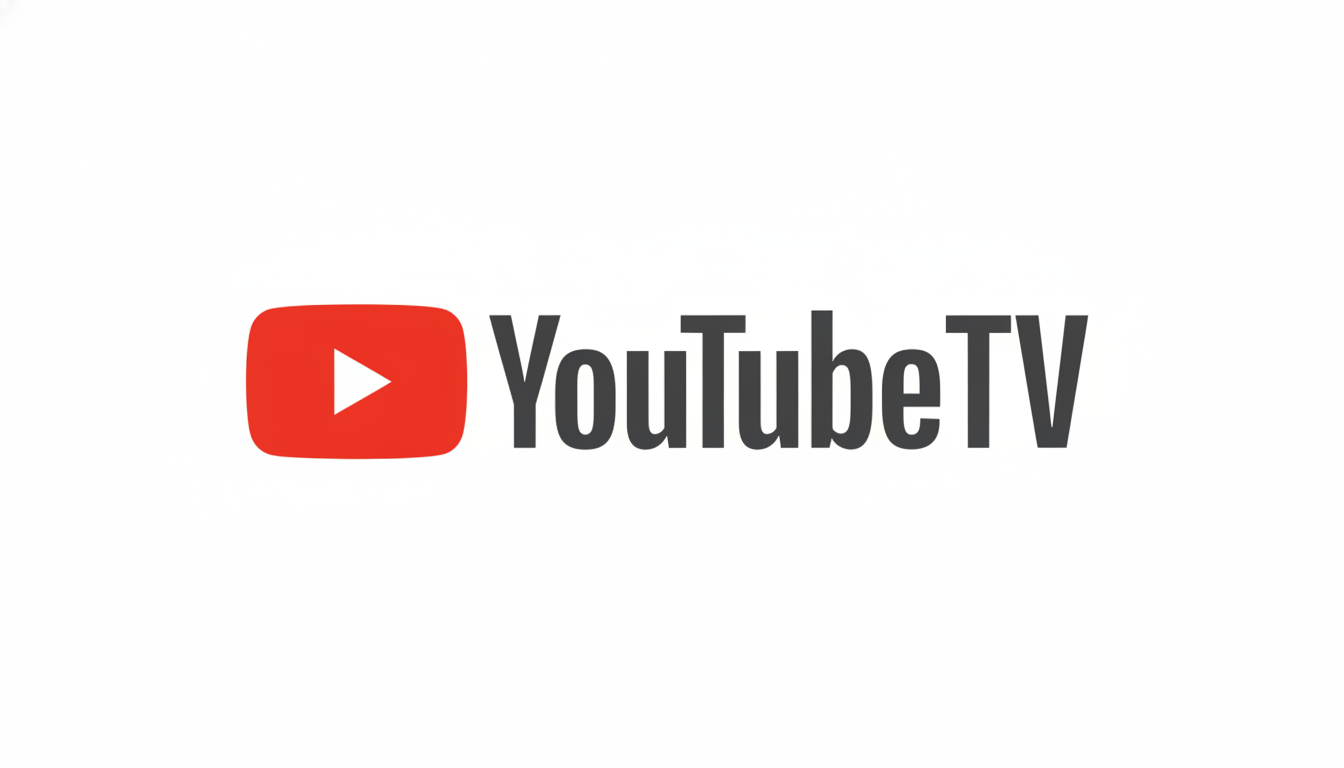YouTube TV and Disney are engaged in a high-stakes showdown involving fees for carrying each other’s channels, with the company withdrawing access to some ESPN, FX and Disney channels on Friday afternoon. And its subscribers are firmly caught in the crosshairs.
As their distribution deal nears expiration, the two sides are warning that unless an agreement is reached, a blackout may result in ESPN, ABC and other Disney-owned networks being removed from live TV service. The real kicker for you, the viewer: even if there isn’t a blackout, higher programming fees tend to get passed on later as price hikes.

What Viewers Stand to Lose if Disney Channels Go Dark
What’s at stake are some of the most watched channels in streaming TV. ESPN and ABC broadcast live sports, including NFL, college football, the N.B.A. and the N.H.L., while FX, Disney Channel and National Geographic offer entertainment variety. A blackout would send YouTube TV scrambling during marquee games and primetime lineups, something Disney is already giving users a heads-up when they open the app with an on-screen warning.
YouTube TV has informed its subscribers that it will refund $20 if Disney content remains missing for an extended period. That move may make the blow less severe, but it does little to replace live sports or local ABC stations and suggests just how expensive these negotiations have become.
The Money Math Behind the YouTube TV–Disney Fee Fight
Carriage disputes don’t typically come down to one number, but one looms larger than the rest: ESPN’s wholesale fee is among the richest in television. S&P Global Market Intelligence analysts estimate that ESPN collects an average monthly affiliate fee near the high end of the industry, underlining the inflated price of sports rights. Those bills have risen with the signing of each new contract for premium leagues, and distributors pass much of that cost along to consumers.
YouTube TV, which has about 10 million subscribers, aspires to win better terms with a similar strategy it used in recent negotiations with NBCUniversal, according to CNBC. That approach produced temporary extensions and ultimately deals that preserved access to popular channels. YouTube TV’s scale has turned it into a crucial distribution partner for programmers, but that same reach also amplifies the financial stakes on both sides.
The base YouTube TV plan has become progressively more expensive in recent years, underscoring the pressure. Virtual cable bundles haven’t been immune to the inflation that took a bite out of traditional pay TV. Absolutist Disney supporters have speculated that they might not pass on price increases; however, if they receive higher wholesale fees, it makes a future price increase more probable. Should YouTube TV stick to its guns, it risks losing must-have sports programming that leads customers to cancel. Neither option is painless.
Streaming Bundles Are the New Cudgel in Carriage Talks
Beyond price, integration itself is becoming a negotiating lever. YouTube TV, according to reporting that has been shared with investors and media, is looking to incorporate Disney’s streaming apps — which include Disney+, Hulu and ESPN+ — into its service so subscribers can more easily get at them without resorting to juggling multiple apps. That followed a major resolution between Charter’s Spectrum and Disney that connected linear channels with access to several of Disney’s streaming services in some packages.

Tighter bundling might simplify the experience and make it more valuable to consumers. For Disney, it can be a way of pushing viewers toward its direct-to-consumer platforms. But those add-ons also have to be paid for, and the calculus of cost loops back into the core controversy about rates.
A History of Carriage Clashes in Live TV Streaming
YouTube TV has been in this position before. The service steered clear of public standoffs with NBCUniversal, Fox and Paramount in the recent past, working out temporary deals to keep channels live while talks continued. Similar flashpoints have emerged across the broader industry: Last year, a high-profile impasse between Charter and Disney left millions of cable homes with no access to ESPN and ABC before both sides found a compromise on a new agreement that had heavy streaming components.
Research firms such as Leichtman Research Group have been tracking the changes in subscriber patterns as viewers hop between services. Live sports is one of the few remaining tentpoles to keep households in big bundles, which is why ESPN and ABC carriage would be key for a platform that also offers NFL Sunday Ticket. The loss of those channels, even in the short term, threatens cancellations during high-traffic sports windows.
What You Can Do if Channels Go Dark During a Dispute
If a negotiation breaks down, there are a couple of practical steps.
- In many markets, a local ABC station can be picked up with an over-the-air antenna.
- Can you watch without ABC? Yes, but the two non-ABC Disney networks that have games are not supposed to be available with an over-the-air fallback, and ESPN’s standalone product, ESPN+, does not carry the ESPN cable channel, so it won’t replicate the whole slate.
- YouTube TV subscribers may also want to consider pausing their monthly subscription to avoid paying for a reduced lineup while waiting the situation out and for credits.
For now, the signal is clear: The YouTube TV-Disney fight is about how much you pay and how many channels feel like they are at your command and wielding their power, and that subscribers may end up sacrificing one way or another — either with a higher bill in the future or fewer channels today.
Both companies claim they want a fair deal. Viewers simply want to turn on the TV and see their games and shows.

